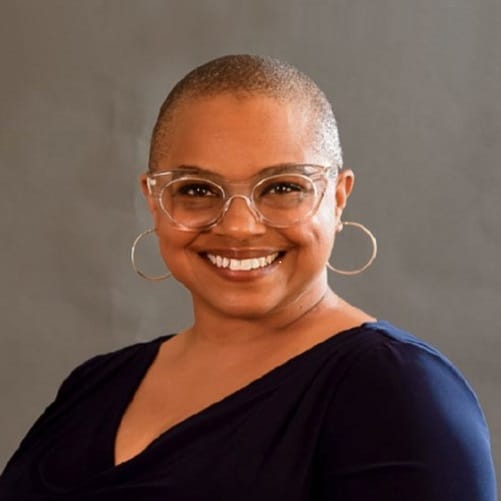The value of building a more diverse candidate pool is nothing new to most recruiters. Research has long shown that diversity among applicants ultimately leads to lower turnover, higher productivity and even better profitability. And it’s a goal of most recruiters, according to recent research that found that enhancing diversity hiring is among their top priorities for 2021.

Jackye Clayton
But, having a goal of improving diversity hiring and actually bringing that aim to fruition are two entirely different things, says Jackye Clayton. The diversity, equity and inclusion strategist at recruiting software firm SeekOut will share her insights about what HR can be doing today to build a more diverse workforce tomorrow during next month’s Spring HR Technology Conference.
Technology can be an important differentiator, she notes.
“When we can get the data and look at insights of where we came from and, knowing where we want to go, we can set better goals as far as recruiting diverse talent and retention of that talent,” Clayton says. Data-driven insights about diversity hiring can, and should, also be shared internally and externally to emphasize the company’s commitment, she adds.
While tech can make inroads, there are several pitfalls that often trip up recruiters and HR leaders as they refine their diversity hiring strategy, Clayton says. Here are four common ones:
- Looking for culture fit: Too often, organizations seek candidates who will assimilate into their company culture. “But the whole point is if you’re trying to change your culture, it’s key to look at people who are different than what you have currently,” Clayton says. “That’s how diversity works.”
- Making the scope too narrow: If employers focus on looking for talent within a certain geographic region or limiting candidates to those with a certain highly specific degree or experience, they may miss out on applicants with a lot of potential.
- Being short on details: Job descriptions that are “too verbose” are also limiting, Clayton says, noting they’re not “Christmas wish lists.” “Start looking for exactly what you need to have—with the details of what you’re looking for—so you have better applicants.”
- Thinking we’re all the same: It’s a common fallacy that employers should treat everyone the same throughout the recruiting and hiring process, Clayton says: “When bringing people into the fold, we make that assumption often and we try to fold people in instead of meeting them where they are.”
See also: Despite progress, HR is ‘just beginning’ to address DEI